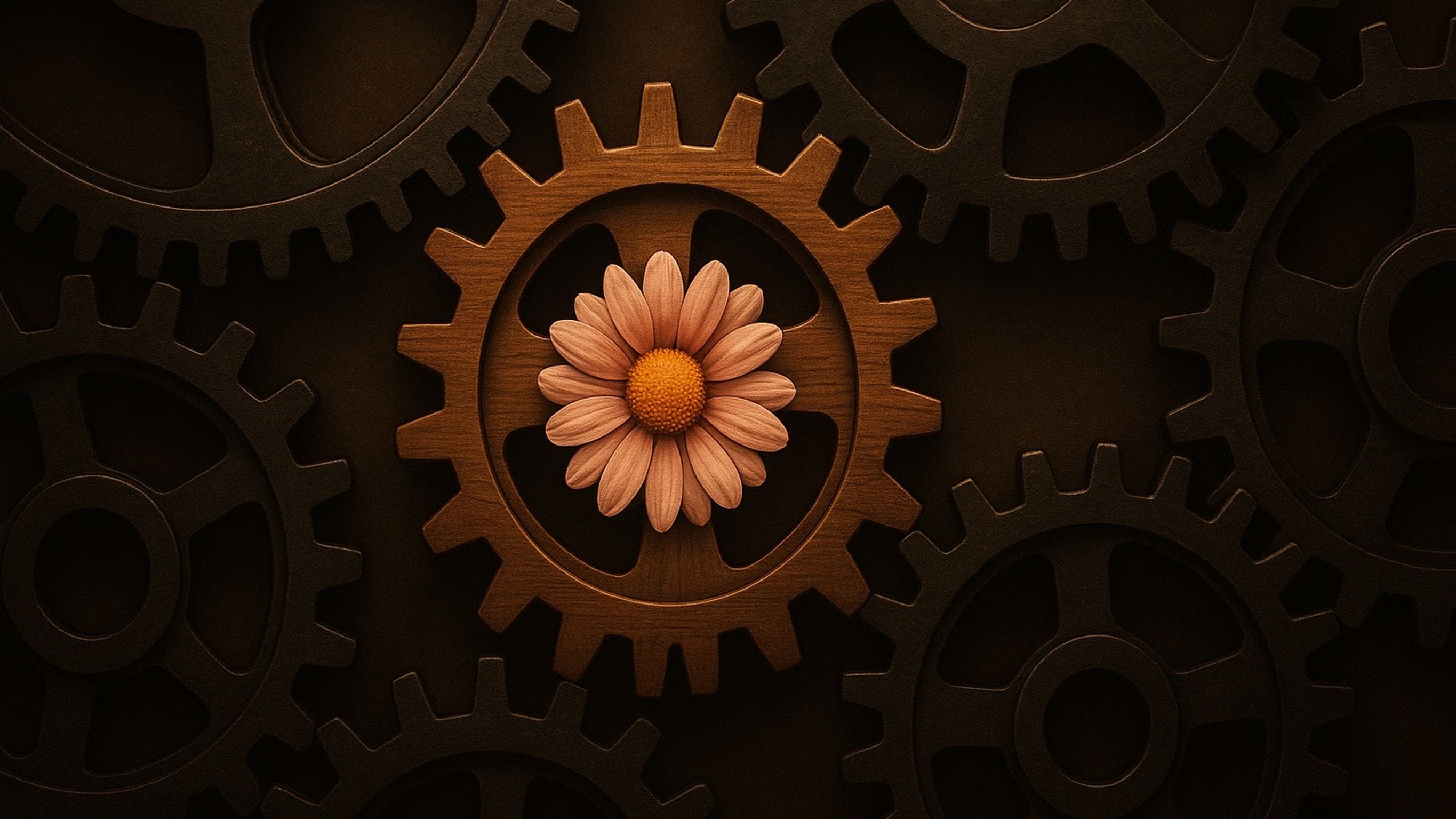Written by Lia Scott, Holistic Wellness Coach & Music Artist | HCA RHC™
October 5th, 2025
Sensitive Creatives in the Workplace
A sensitive creative is someone who feels life deeply and often expresses that sensitivity through creativity — whether in art, relationships, ideas, or simply the way they move through the world.
Sensitive creatives often care deeply and want their work to mean something. We often pursue jobs we enjoy, or take on work simply to get by while trying to build the life or career we truly want.
Either way, the workplace can often feel draining, overwhelming, or mismatched. And on top of that, we’re often misunderstood — which adds another layer of stress.
It’s not laziness, weakness, or lack of ambition. The truth is, most workplaces simply weren’t designed with sensitive nervous systems in mind — and genuine acceptance or integration of these differences is missing in most organizations.
💔 The Systemic Mismatch
For centuries, workplaces have been structured around quick financial gains. Productivity, control, and efficiency were rewarded because they kept economies growing fast.
But this came at a cost: empathy, creativity, and emotional intelligence were undervalued. Today, many organizations are begining to say they want employees with soft skills — collaboration, adaptability, creativity — yet they still expect people to work as if those differences don’t exist.
For sensitive creatives, that mismatch can feel crushing. We internalize it as a personal flaw: “I’m too much,” “I’m not enough,” “Maybe I don’t belong here.”
🌿 Different Gifts = Different Needs
Let’s take a moment and look at nature as our guide. Diversity in the animal world shows us something important: different strengths require different conditions to thrive.
- Orcas are highly social and emotionally intelligent. They need group cohesion and stimulation. When isolated, they languish.
- Octopuses are brilliant problem-solvers and incredibly creative. But overstimulation drains them quickly, so they need solitude and rest to recover.
- Bees remind us that not every role looks the same. Worker bees gather and care for the hive, drones fertilize, and the queen sustains life. Imagine the queen bee was expected to operate exactly as the drone or worker bees? She would be getting set up for failure despite her important role in the bee ecosystem.
Each role has unique strengths and unique needs. The hive thrives because those needs are recognized and supported. Just like in human systems, diversity of gifts only works when we respect the conditions each role requires. And each gift brings value to society in its own way.
We sensitive creatives often thrive in supportive, connected teams, but can struggle deeply in toxic or competitive environments.
We usually also need more time and space to recharge after deep or emotionally demanding work.
👉 We as humans come from nature. And likewise, different gifts mean different needs. We sensitive creatives aren’t broken — we’re just wired for environments that honour depth and rhythm.
⚖️ The Cost of Misalignment
When those needs aren’t recognized, the cost is high:
- Burnout from constantly overriding our nervous system.
- Anxiety or exhaustion from feeling misunderstood.
- Loss of self-worth when sensitivity is treated as a liability instead of a gift.
The mismatch isn’t a flaw in you. It’s a sign the system isn’t built to account for differences.
🌿 Finding Alignment
What you can do now (in your current workplace):
✨ Explore your strengths.
One thing I often help clients with inside my Align & Thrive program is reconnecting with their unique strengths — the qualities that make work and life more meaningful. A great place to start is the free VIA Institute for Positive Psychology survey on Character Strengths. When you begin noticing and using your natural strengths more often, even small tasks at work can feel lighter and more enjoyable.
🌤 Pace your rhythm.
When possible, structure your schedule in ways that support your energy. Take small breaks for fresh air, movement, or a quick reset. A short walk, a stretch, or even a call to a loved one can recharge you far more than scrolling through your phone.
💬 Communicate your boundaries.
Where it feels safe to do so, express your needs clearly and respectfully. That might mean protecting your 30-minute lunch break, asking for a promotion if it excites you, or speaking up when a workload feels unsustainable. While not every workplace will respond reasonably, you may be surprised what can shift with honest, grounded communication.
🎨 Nurture joy outside of work.
Make time for activities that fuel your creativity and fun — art, music, nature, or play. These moments help your nervous system recover from work stress, feel more energized, and keep life feeling fuller, as opposed to busier.
What to look for long-term (if you decide it's best for you):
- Leaders who recognize sensitivity and creativity as strengths.
- Workplaces that offer flexibility and value collaboration over competition.
- Cultures where diversity of thought and rhythm are celebrated.
👉 Whether you find peace and energy within your current role, or wish to transition into a new role, you can find ways to shape your current environment and also move, over time, toward spaces that value more of who you are.
🌟 Closing Thoughts
Sensitive creatives aren’t weak. We’re navigating systems that weren’t built for us.
Your sensitivity is a strength — just like the natural variation we see in species in nature, in the right conditions. While our society hasn't yet caught up, you can still reclaim your rhythm, set boundaries, and make space for what energizes you. That way, you and your gifts don’t just survive in hard systems — they can have room to thrive and shine.

